This is a Sony EVO-9500A (old 8mm tape player/recorder).
 What is the cartridge fuse style component? It is 1/4" by 1 1/8" about the same size as a 3AG fuse. It has a scale on the front going from 0 to 10 and looks like a thermometer. The only markings on it are on the back "FC". The PCB has its slot labeled "FC901" (as can be seen in the last picture).
What is the cartridge fuse style component? It is 1/4" by 1 1/8" about the same size as a 3AG fuse. It has a scale on the front going from 0 to 10 and looks like a thermometer. The only markings on it are on the back "FC". The PCB has its slot labeled "FC901" (as can be seen in the last picture).
This thing reads about 3.2k ohms resistance (readings fluctuate quite a bit 10k on the high end down to 2k ohms).
I'm not sure if those reading can even help because I don't know if this component even works. (The tape player is not sending video or audio out, which is what started all this.)
So what is that thing and what does it do?

